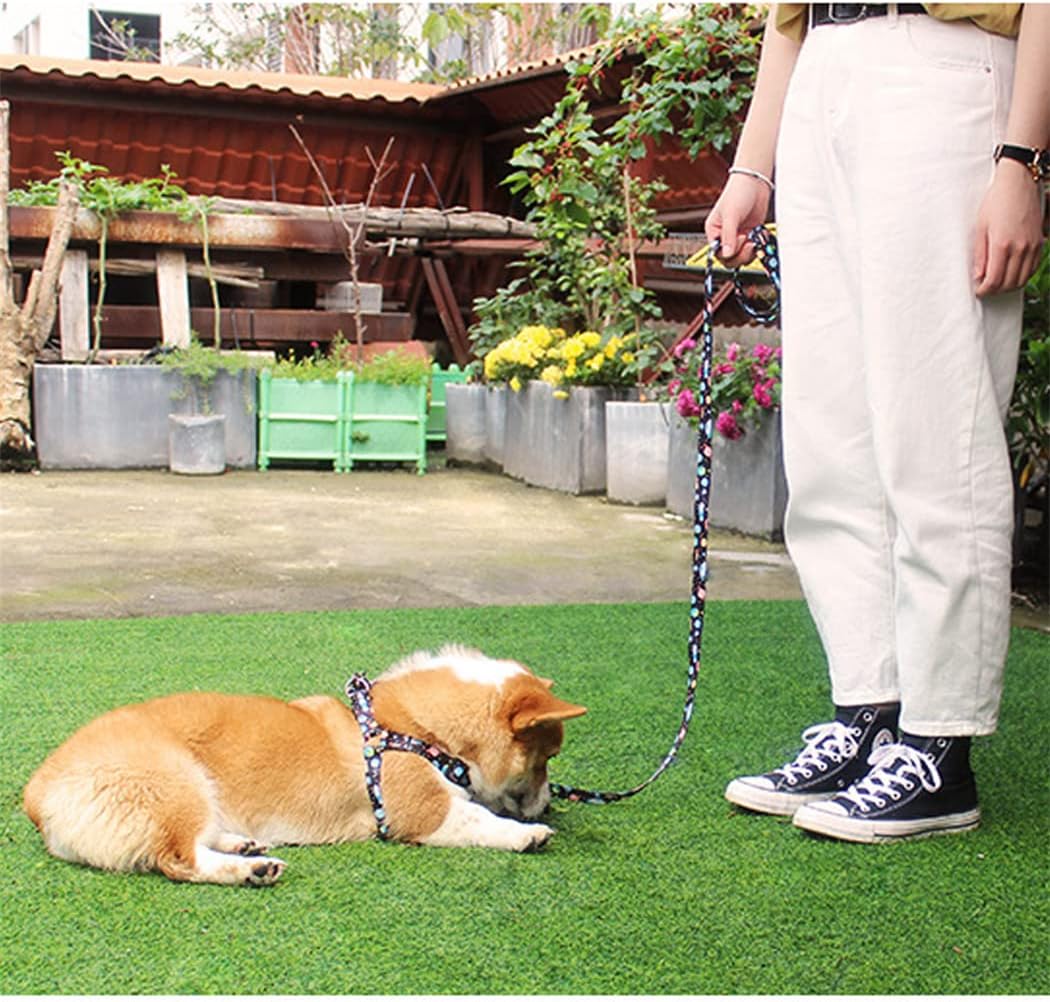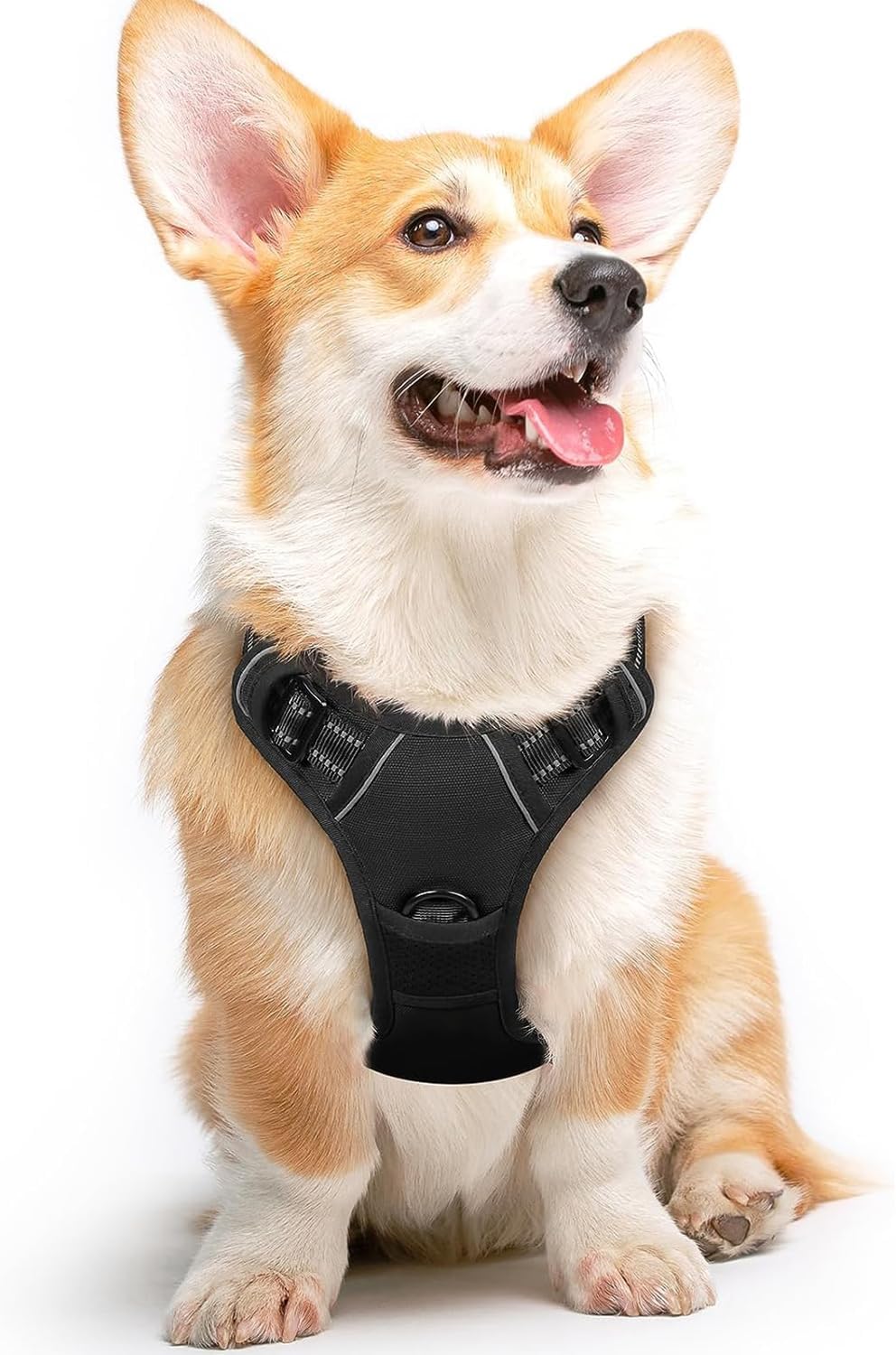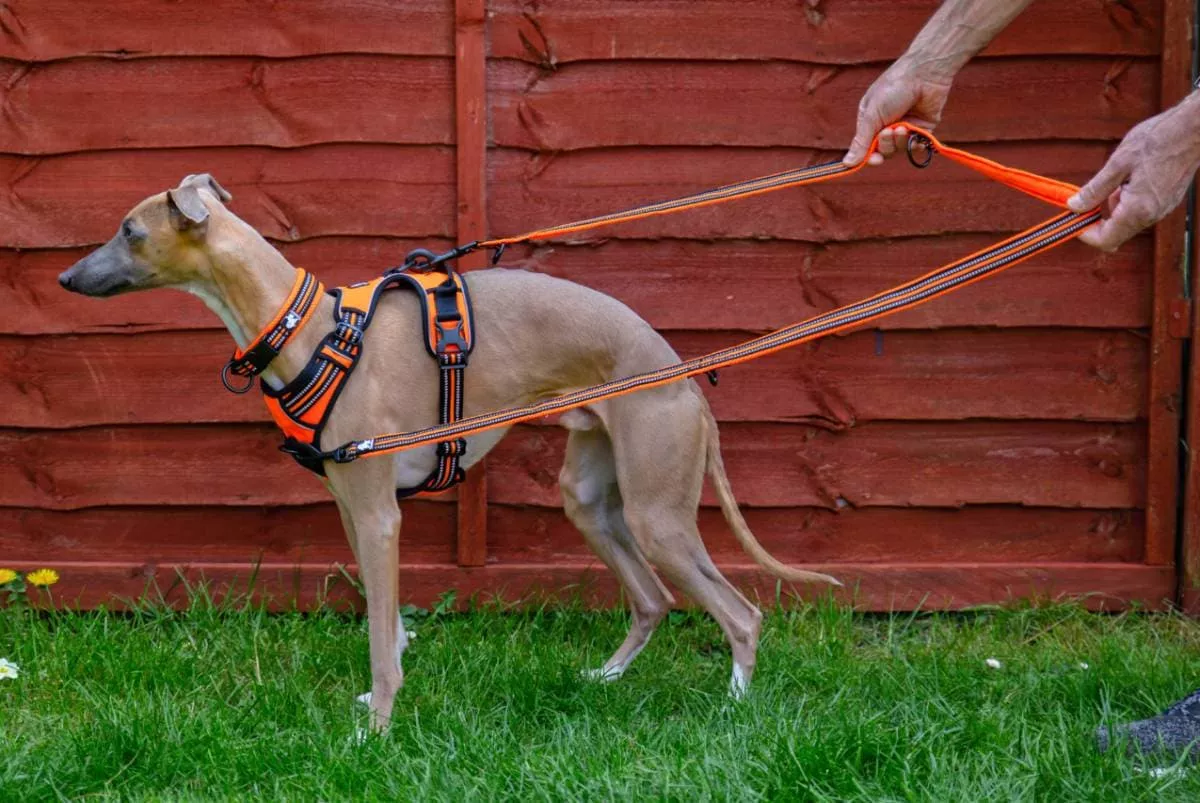A harness can greatly improve your dog’s comfort and safety during walks. Unlike a collar, it reduces strain on the neck by distributing pressure evenly. Whether you’re a new or experienced dog owner, choosing the right harness is essential for a stress-free and enjoyable walk. By considering your dog’s size, behavior, and needs, you can find the perfect fit for both safety and comfort.
Why Choosing the Right Dog Harness Matters
When walking your dog, a harness can be an invaluable tool. Not only does it help you maintain control, but it also provides comfort and security for your pet. Using a dog harness instead of a collar can significantly reduce the strain on your dog’s neck, helping to prevent injuries and discomfort.
The appropriate canine harness is essential for novice and seasoned pet caregivers, as it can significantly enhance your strolls. A well-chosen harness makes outdoor adventures more enjoyable and safer for you and your pet.
By understanding the available options and considering your dog’s specific needs and behavior, you can select a harness that enhances control, aids in training, and ensures safety. With many choices on the market, making an informed decision based on factors like harness type, material, and fit is essential for a better walking experience for you and your furry friend.
Types of Dog Harnesses
Dog harnesses come in various styles to suit different needs:
Back-Clip Harness

Perfect for daily walks with calm, well-behaved dogs, the back-clip harness features a leash attachment on the dog’s back. It evenly distributes pressure across the chest and back, ensuring a comfortable experience while allowing the dog freedom of movement.
This type is simple to use and ideal for dogs that don’t pull.
Front-Clip Harness

Designed for dogs that tend to pull, the front-clip harness attaches at the chest, allowing better control by gently steering the dog towards you. This redirection helps in training by discouraging pulling behavior. It’s a great option for teaching leash manners and improving overall walk experience.
Dual-Clip Harness

Offering both front and back leash attachment points, this versatile harness provides more flexibility and control. It’s perfect for dogs in training, as it combines the benefits of both front and back-clip designs. Owners can choose the attachment point based on the dog’s behavior during walks, making it ideal for different training stages.
Step-In Harness
Ideal for small or anxious dogs, the step-in harness is easy to put on as the dog simply steps into it. Secured with straps, it avoids the discomfort of pulling a harness over the dog’s head, making it suitable for nervous or fearful dogs. It’s an excellent option for pets that dislike over-the-head harnesses.
Factors to Consider When Choosing a Harness
When selecting a dog harness, take the following into account:
1. Size
Ensure the harness fits appropriately—not too tight or loose. You should be able to fit two fingers under the straps. An ill-fitting harness can cause discomfort or allow your dog to escape. Accurate measurement of your dog’s chest and neck is crucial for the best fit.
2. Material
Choose durable, breathable, and comfortable materials like nylon, polyester, or leather. Breathable fabrics are essential for preventing overheating in warmer weather.
3. Reflective Features
Search for harnesses with reflective strips to improve visibility and safety when walking at night, making sure you and your dog are visible to drivers and cyclists.
4. Attachment Points
Consider the number and placement of leash attachment points. Harnesses with multiple attachment options offer more control and flexibility. Choose one with secure, robust attachment points that meet your walking and training needs.
Benefits of Using a Dog Harness
A harness reduces stress on a dog’s neck and spine, supporting better overall health, especially for breeds with sensitive necks or those recovering from injuries. It offers better control for strong pullers by distributing the pulling force across the chest and shoulders.
Additionally, a well-fitting harness enhances safety by making it harder for dogs to escape than a collar. It is also helpful for training, as harnesses with front clips can gently redirect and control dogs, helping to curb pulling behaviors during walks.
Conclusion
Choosing the correct dog harness requires careful consideration of your dog’s size, behavior, and specific needs. With the right choice, you can make walks more enjoyable and safe for you and your furry friend. For additional tips on finding the perfect harness. If you are still deciding the best option for your pet, seeking advice from a veterinarian or a professional dog trainer is recommended. Check out this resource to learn more about dog harness types and their uses. Ultimately, a well-chosen harness will ensure your walks are a pleasant experience for you and your dog.








